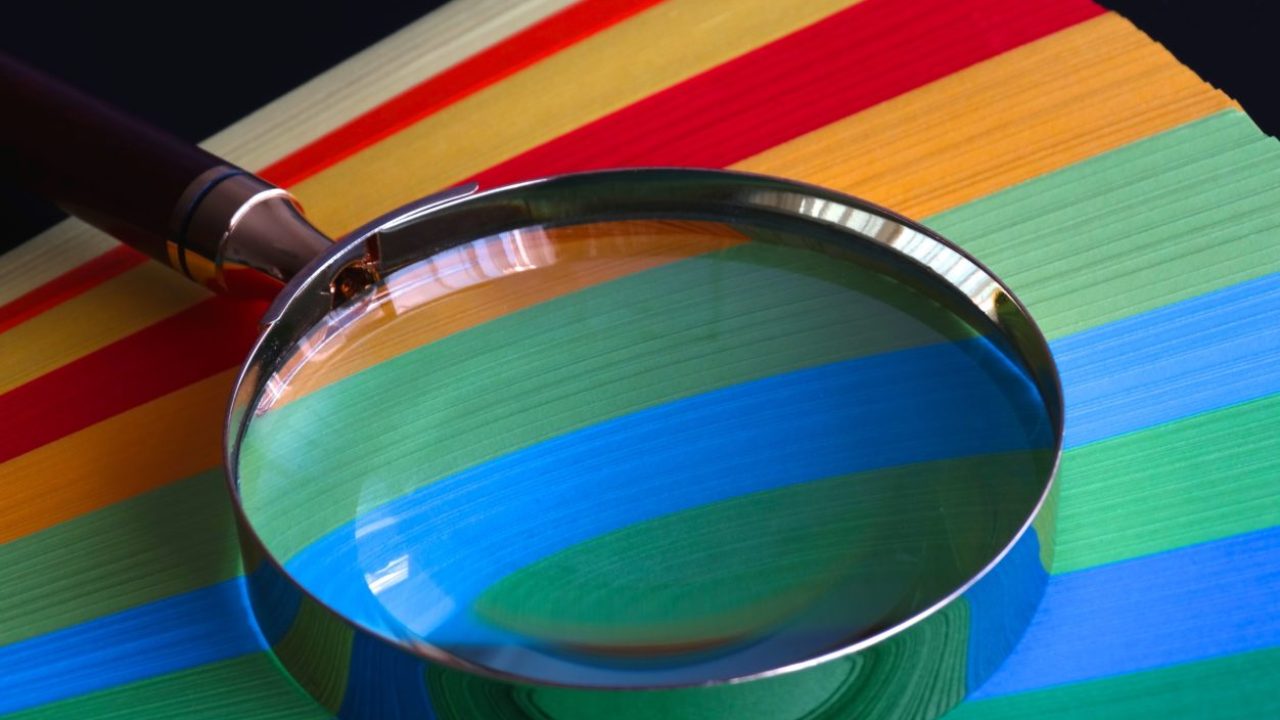What is Technicolor?
Throughout the history of filmmaking, several different techniques and processes have evolved to result in the creation of color motion picture films. In fact, one of the words we hear more frequently when referring to color in film is “Technicolor.” But, what is Technicolor? And how did this process of adding color to motion pictures change the way we see films over the next several decades?

What is Technicolor?
Technicolor represents a series of various processes. That are used to produce color in motion picture films. From 1916 through 1932, Technicolor, a company that was involved in filmmaking, was experimenting with different processes of coloring films for Hollywood.
Eventually, Technicolor would become the term used to describe the end result of a colored film. Rather than the process by which it was colored. In fact, Technicolor films are widely known for their bold, bright and strongly saturated colors.
How Does Technicolor Work?
The technicolor process evolved over several decades as filmmaking, too, evolved. Early technicolor processes, experimented with from 1916 through 1917, involved the addition of a prism beam-splitter.
Which was used to expose red and green filtered images onto single strip film to produce color.
Later, Technicolor would experiment with another process. Which would use subtractive complementary colors on single-strip film to achieve the desired coloring.
Evolution of Coloring
By 1928, Technicolor was working on its third process of film coloring. Which involved a two-color process that chemically colored complementary images into a single-strip film.
Later Technicolor film coloring processes, which evolved from 1932 through 1952. Involved a three-color process by which a split cube prism would be used to expose three strips of film, independent of one another, to capture red, green, or blue tones.
Technicolor films would come out as early as 1918. But the more advanced technicolor processes used in the 1950s would look profoundly different from what was introduced by the company in the 1920s.
In fact, you might recall the following Technicolor masterpieces:
- The Wizard of Oz
- The Godfather
- Snow White and the Seven Dwarfs
The Takeaway
Probably one of the most widely-recognized films that was produced in Technicolor is The Wizard of Oz. This film introduced the amazing saturate and color visuals that Technicolor was proud to offer. At a time when films were rarely delivered with such vibrance.
Immersive, staggering and downright amazing visuals for the time. After the release of this film, Technicolor would become a profound shift toward adapting to color in the film industry.
So, what is Technicolor? It’s both a series of processes involved in the creation of or addition of color in the motion picture. And it’s also a company that produced these processes to allow color to change the film industry.


